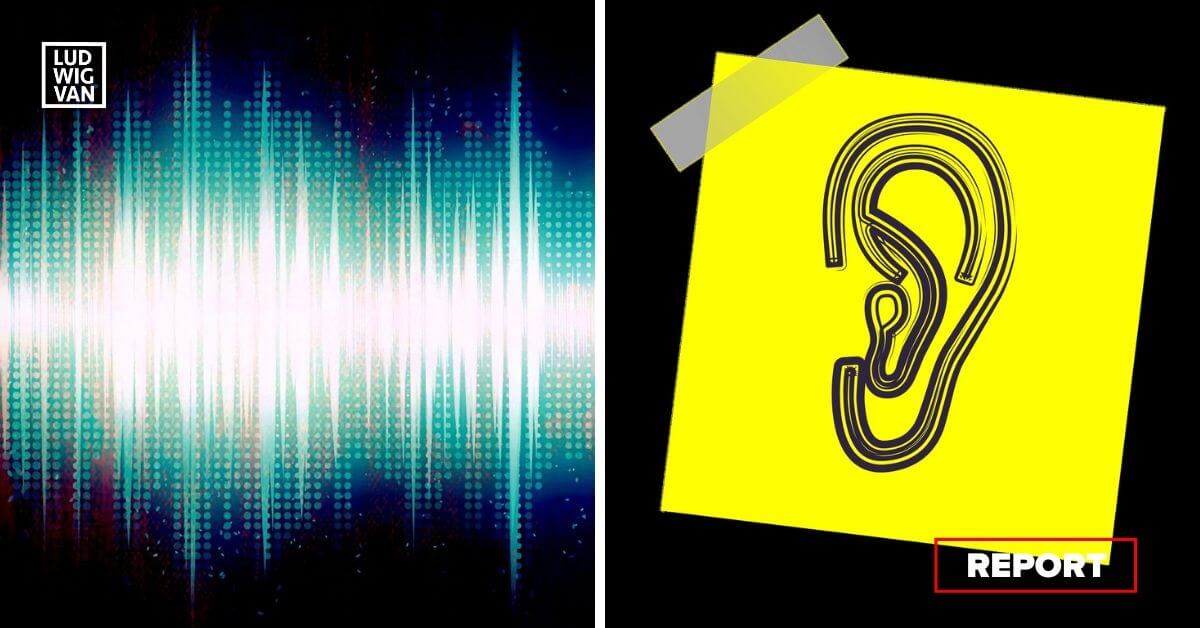
Hearing aids are effective devices for navigating everyday life with hearing loss; when it comes to music, results are less straightforward.
A 2020 study revealed that about two-thirds of hearing aid users have trouble listening to music, including distortion, poor sound quality, and a flat, inexpressive sound that cuts in and out.
Hearing Aids And Music
Hearing aids come with built-in limitations that affect how they process music. They are designed with a focus on speech. In environments where there is both music and speech, even the most sophisticated programs may not be able to separate them efficiently.
- A device that allows users to manually switch between music and speech often works best in those situations.
The frequency spectrum, as well as the dynamic range, differs from speech vs music.
Speech:
- approximately 250-8,000 Hz, with most falling somewhere around the middle between 1,000-4,000 Hz
- dynamic range is about 50 dB
Music:
- approximately 50 Hz (a deep bass) to 16,000 Hz (the overtones of a cymbal or bell)
- dynamic range is about 120 dB
Hearing loss itself differs from person to person, while the solutions are not necessarily tailored to individuals. Sometimes, simply removing the hearing aids and listening naturally can greatly improve the quality of the experience.
Other easy solutions may include:
- A high quality sound system that will produce a clear signal;
- An equalizer that allows you to adjust different frequencies.
- Volume can increase distortion, so putting a piece of tape over the hearing aid to reduce it can help for live performances.
Many concert halls, such as Koerner Hall and Roy Thomson Hall provide assistive listening devices free of charge (although they require advance booking).
Through a process of trial and error, many people are able to come up with a combination that lets them listen to music the way it should be heard. Much of the research indicates that it can take years for the brain to adjust to the new mode of input via hearing aids. It’s a process that varies from person to person, and can’t be rushed.
Playing An Instrument
Naturally, the difficulties listening to music transfer directly to those who want to perform it as well. When it comes to playing an instrument, there are two factors that may come into the picture, according to experts.
- Larger instruments, or those that play in the bass range, may be easier to hear.
- Instruments that produce more harmonics — in technical terms, those with half-wavelength resonators, such as strings and saxophones — may be a good choice. The theory is that more auditory information makes it easier for hearing aids to process.
Multichannel compression is a good choice for speech programs. For music, however, they flatten the balance between harmonic frequencies, and distort the nature of the sound. Since hearing loss can vary so widely from person to person, being able to custom program listening software seems to be the key to improving the situation.
A possible solution
Analog and digital hearing aids tend to produce very different listening experiences when it comes to music.
A 2023 article in Canadian Audiologist suggests that the analog-to-digital converter in hearing aids is at fault. Industry tweaking of the converter component can result in allowing too much background noise into the mix.
New technology that adjusts the circuitry to optimize higher decibel levels seems to have solved the problem, and a small experiment was conducted through the Musicians’ Clinics of Canada, involving professional musicians with hearing loss. The results were encouraging, with up to a 60% difference at high input levels. Distortion was greatly reduced, and the music could be heard as a clear signal.
The research is ongoing.
#LUDWIGVAN
Get the daily arts news straight to your inbox.